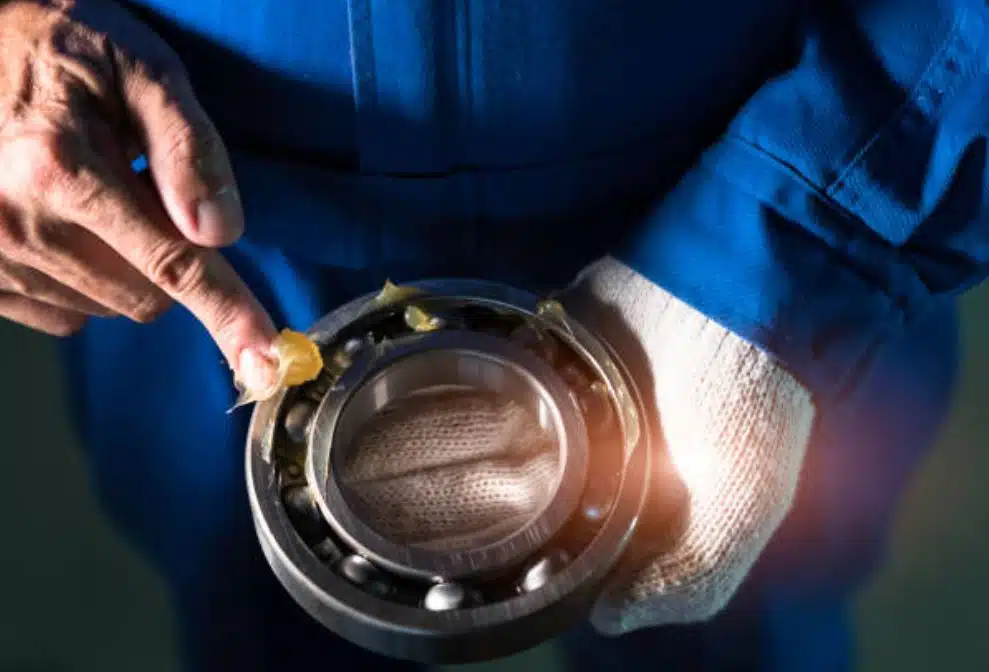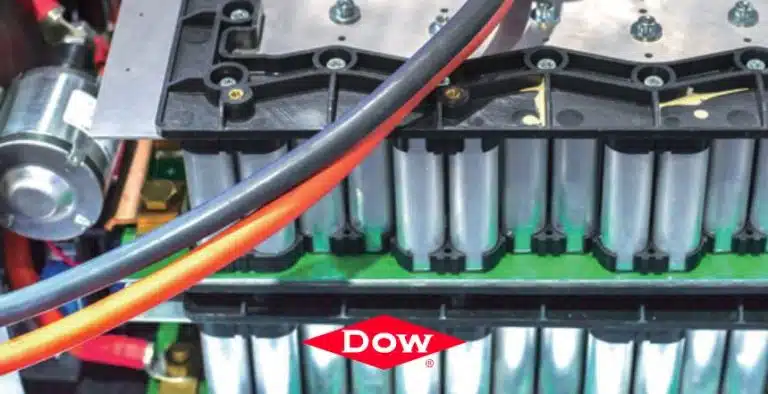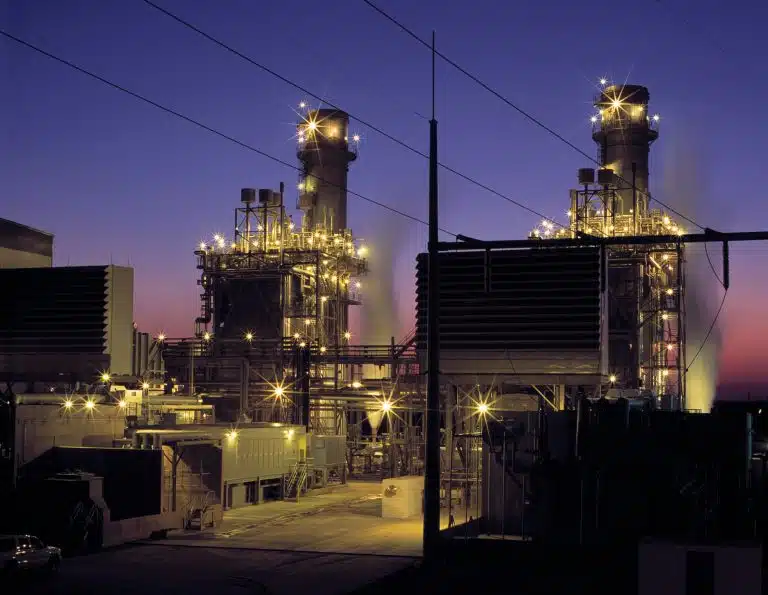Why is it important to lubricate a bearing?
Many industrial applications use metallic elements whose surfaces are constantly touching and rotating. One of the many mechanisms used in industry for this function are rolling element bearings. However, proper lubrication must be assured in order to avoid undesirable failure.
Indeed, more than 60% of premature bearing failures are due to incorrect or insufficient lubrication, which will lead to contamination or excess heat buildup in the contact. Therefore, lubrication between the bearing ball or roller, the cage, and the rings becomes important, as it simultaneously prolongs the life of the bearing and minimizes the excess heat generated during friction.
In addition to this, it provides the contact with a load-bearing film between the rolling elements and the rings, which helps minimize the impact of wear, as well as keeping moisture out and preventing corrosion.
How to select a proper lubricant?
The selection of the right lubricant for any specific application requires the complete understanding of the operational and environmental conditions to which the bearing will be subjected to. There is a wide array of equations and diagrams available in the literature that allow for a life-adjustment factor for lubrication to be determined.
This factor results from the evaluation of the lubricant as a function of the running conditions relative to the fatigue life of the bearing. In general, this factor is multiplied by the L10 life to obtain the bearing life adjusted to lubrication effects. The L10 life accounts for the hours a bearing will last under a given load and speed, with a 90% reliability.
Some bearings are already pre-lubricated with grease by the manufacturer and do not require additional routine maintenance. This can be of advantage in some cases where relubrication is impractical or poses a challenge. Additionally, there is no risk of contamination by external agents and maintenance costs are lower.
On the other hand, for bearings that are not pre-lubricated, either a grease or an oil can be used. In this case, the decision to change the type of lubricant to increase or decrease the life-adjustment factor depends on the life requirements of the machine. Nevertheless, there are also trade-offs and concerns other than fatigue life to consider.
What parameters are important when choosing a proper lubricant?
Both the viscosity and the type of lubricant used will depend on the bearing design and the operating conditions. First and foremost, when selecting an oil or a grease, the most important aspect to consider is that the main purpose of the lubricant is to separate the touching metal surfaces, lubricate them, and provide corrosion protection and cooling. Moreover, base oil viscosity selection depends on the load, temperature and speed requirements of the machine.
For example, if the application requires low speeds, high loads, and high temperatures, then a lubricant with a higher viscosity would be preferred. On the contrary, if the machine operates under high speeds, low loads, and low temperatures, then a lower-viscosity lubricant should be used.
The correct viscosity will ensure that, for a given load, speed and temperature, a full oil film between the moving surfaces will be developed. When the optimum film thickness is reached between the rolling elements, no contact between surfaces is assured and there is a minimum value of friction. However, when viscosity is insufficient, it can result in mixed or boundary lubrication, and consequently lead to wear and heat generation.






